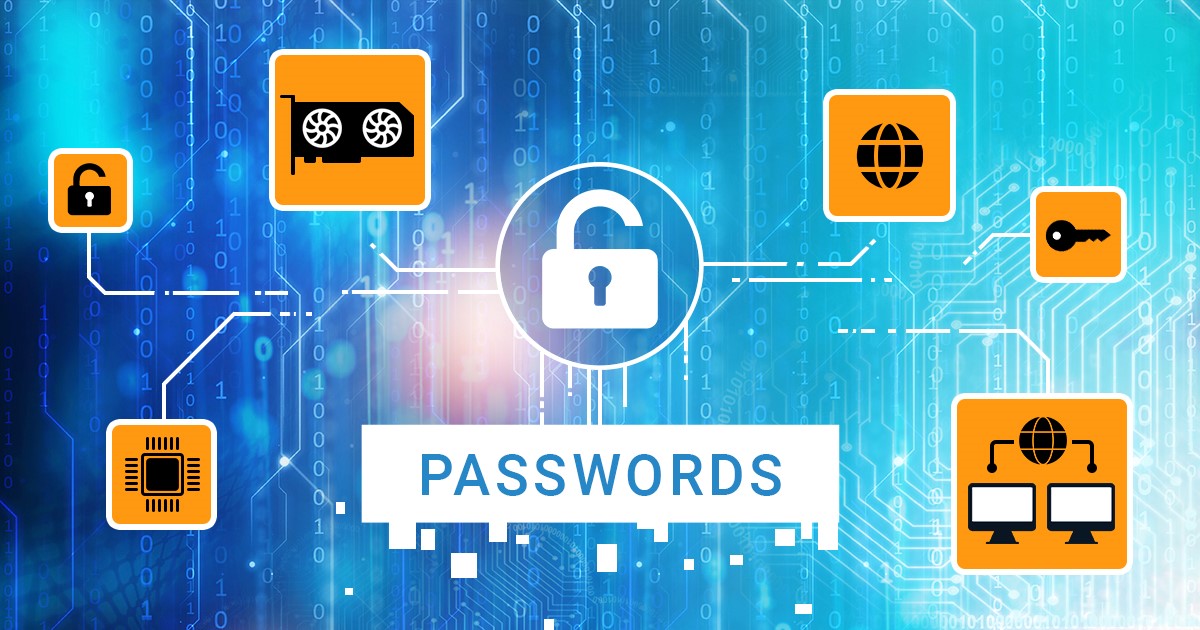Released back in 2013, VeraCrypt picks up where TrueCrypt left off. Supporting more encryption algorithms, more hash functions and a variable number of hash iterations, VeraCrypt is the default choice for the security conscious. VeraCrypt has no known weaknesses except one: once the encrypted disk is mounted, the symmetric, on-the-fly encryption key must be kept in the computer’s RAM in order to read and write encrypted data. A recent change in VeraCrypt made OTF key extraction harder, while the latest update to Elcomsoft Forensic Disk Decryptor attempts to counter the effect of the change. Who is going to win this round?
The proliferation of always connected, increasingly smart devices had led to a dramatic increase in the amount of highly sensitive information stored in manufacturers’ cloud accounts. Apple, Google, and Microsoft are the three major cloud providers who also develop their own hardware and OS ecosystems. In this report, we’ll see how these companies protect their users’ highly sensitive information compared to each other.
Today we have an important date. Advanced Office Password Recovery turned 16. What started as an instant recovery tool for legacy versions of Microsoft Word had now become a GPU-accelerated toolkit for breaking the many Microsoft formats. Today we’re releasing a major update, giving Advanced Office Password Recovery and Distributed Password Recovery tools the ability to crunch passwords faster with the newest and latest NVIDIA 3000-series graphic boards. Powered by Ampere, the new generation of GPUs delivers unprecedented performance in modern video games. How do the new cards fare when it comes to accelerating the password recovery, and is an upgrade worth it for the forensic experts? Let’s find out.
When adding a new encryption format or comparing the performance of different password recovery tools, we routinely quote the recovery speed expressed in the number of passwords per second. But what is the true meaning of password recovery speeds? Do the speeds depend solely, or at all, on the encryption algorithm? What’s “military grade” encryption, and does it guarantee the security of your data? And why on Earth breaking AES-256 encryption takes so vastly different effort in different file formats? Read along to find out.
Accessing a locked system is always a challenge. Encrypted disks and encrypted virtual machines, encrypted files and passwords are just a few things to mention. In this article we are proposing a straightforward workflow for investigating computers in the field.
Criminals are among the most advanced users of modern technology. They learned how to hide information in their smartphones and how to encrypt their laptops. They communicate via secure channels. Their passwords never leak, and they do their best to leave no traces. Forensic investigators encounter new challenges every other day. In this article, we will discuss yet another tool used by the criminals to cover their traces: the encrypted virtual machine.
Making tools for breaking passwords, I am frequently asked whether it’s legal, or how it works, or what one can do to protect their password from being cracked. There are people who have “nothing to hide”. There are those wearing tin foil hats, but there are a lot more people who can make a reasonable effort to secure their lives without going overboard. This article is for them.
Everyone’s iPhones contain overwhelming amounts of highly sensitive personal information. Even if some of that data is not stored on the device, the iPhone itself or the data inside can work as a key to other many things from bank accounts to private family life. While there are many possible vectors of attack, the attacker will always try exploiting the weakest link. Learn to think like one, find the weakest link and eliminate the potential vulnerabilities before they are exploited. This guide comes from the forensic guys making tools for the law enforcement, helping the good guys break into the bad guys’ iPhones.
LUKS encryption is widely used in various Linux distributions to protect disks and create encrypted containers. Being a platform-independent, open-source specification, LUKS can be viewed as an exemplary implementation of disk encryption. Offering the choice of multiple encryption algorithms, several modes of encryption and several hash functions to choose from, LUKS is one of the tougher disk encryption systems to break. Learn how to deal with LUKS encryption in Windows and how to break in with distributed password attacks.
The wide spread of full-disk encryption makes live system analysis during incident response a challenge, but also an opportunity. A timely detection of full-disk encryption or a mounted crypto container allows experts take extra steps to secure access to encrypted evidence before pulling the plug. What steps are required and how to tell if the system is using full-disk encryption? “We have a tool for that”.


